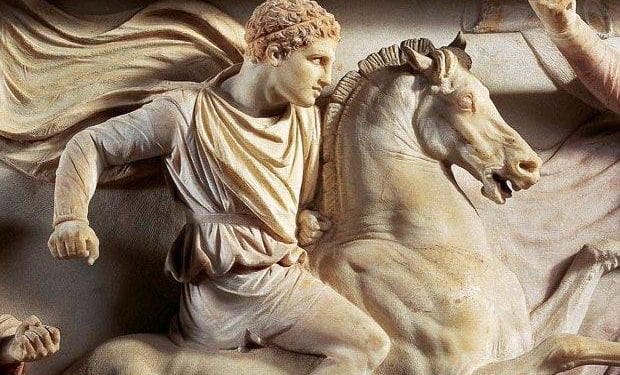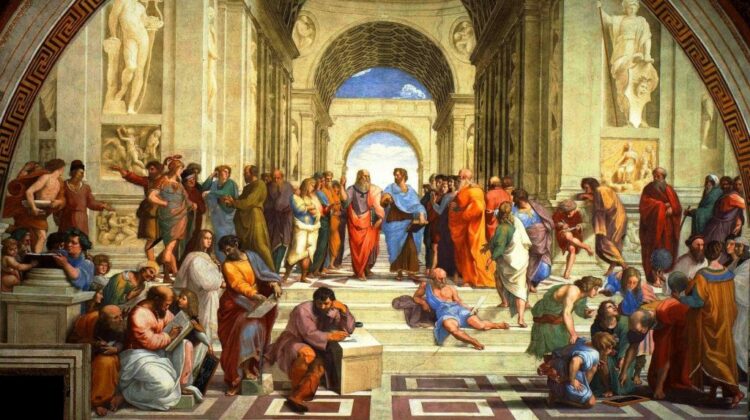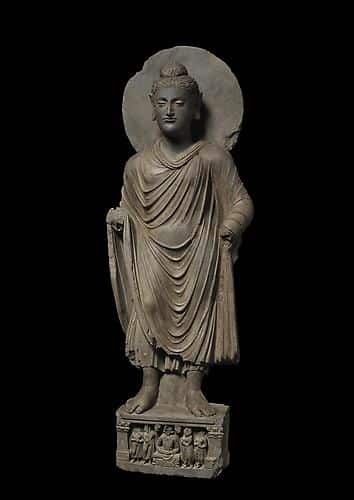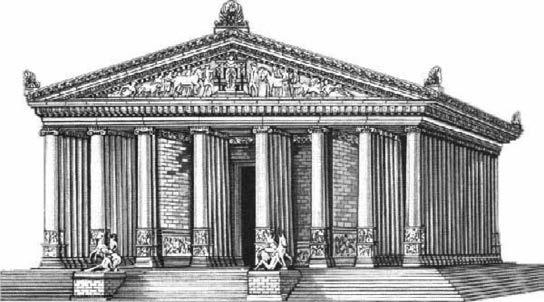“What is Hellenism?” The clearest answer to the question is; It is the name given to all the ideas, art and philosophy movements that emerged as a result of the contact of ancient Greek culture with eastern cultures. B.C. With the year 323 BC, the last great empire of the Hellenistic era was part of Rome. It is the name given to the philosophy of the period between the year 30.
“What is Hellenism?”, “HWhat is Hellenistic?”, “What are the characteristics of the Hellenistic period?”, “What is Hellenistic civilization?” and the answers to many more questions are in our article. We wish you pleasant reading.
How did Hellenism originate?
Alexander’s Asian expeditions had important cultural consequences. Cultural history has progressed thanks to these expeditions and a mutual dialogue has been established between Eastern and Western cultures. When these two cultures met, a movement under the name of “Hellenism” was formed. The characteristic feature of Hellenism is, on the one hand, the spread of Greek culture and thought to the east, and on the other hand, the penetration of eastern religious ideas into the west. Hellenism was formed by the mixing and merging of currents from these opposite directions.
Characteristics of Hellenism
The most important feature of Hellenistic philosophy is that it arranges its subjects in the form of logic, physics and ethics. With an attitude inherited from Aristotle, logic, including the theory of knowledge, has been seen as the method of reaching correct information and as an indispensable tool of philosophy.
As a matter of fact, as a result of this understanding, especially the Stoics made very important contributions to the field of logic. Likewise, physics remained in the background, serving only as a foundation and preparation for ethics. Therefore, in this period, philosophers adopted the views of pre-Socratic natural philosophers, instead of developing new theories in the field of physics or existence. In this context, it is useful to say that the Stoics adopted the physics of Heraclitus and the atomic view of Epicurus without much change.
What does Hellenistic mean?
It is a word used to describe the concepts of the Hellenistic movement that emerged in the period immediately after Alexander the Great. For example; Hellenistic period, Hellenistic philosophy, Hellenistic architecture, Hellenistic art, Hellenistic thought…
Hellenistic Philosophy
The field or discipline that came to the fore in Hellenistic philosophy was ethics. The reason for this is the collapse of the city-state, where the individual achieves his goal, leads a good life, feels at home in every respect, the borders of the known world expand with the empire that replaces the city-state, and the individuals inevitably become alienated from the world, society and themselves, and are left alone and unattended.
What is the Hellenistic Period? What are its features?
In this age, people began to think of themselves as citizens of the world, not as citizens of any city or state. Stoic and Epicurean philosophies cultivated the idea of the brotherhood of all men. To them, the good life was open to anyone who sought it. Man, whether rich or poor, slave or free, could attain virtue and happiness through wisdom.

Hellenism and urban culture in Bactrian and India, far from the Greek cultural centres, made great advances in the beginning, but did not fully develop, and for a long time became an important factor in the field of art, as evidenced only by Bactrian coins or Gandhara Greco-Buddhic sculptures. The power of the Hellenistic culture is that it has a creative character on the one hand, that it is mature enough to reveal some values that are not at all inferior to those in classical times, that it is not tied to a particular city or a region as before, but that it is the common property of all Greeks, that is, it has a high quality. and finding ways to conquer the ruling classes.
What is Hellenistic Culture? What is Hellenistic Culture?
The Hellenistic culture, thanks to its power and remarkable ability to spread, found ways to cross the borders of the Greek world and enter countries without a single Greek. The Hellenistic culture influenced the western Mediterranean countries as much as the eastern countries, mostly Italy, Gaul and Spain. B.C. Beginning from the 3rd century, it started to enter Rome at a time when this city did not have a bright past and an old cultural tradition and had to relearn and establish everything in every aspect of its cultural life, and it began to show itself mostly in literature, religion and art.
Hellenistic Architecture
In the Hellenistic period, Greek architecture went out of the Aegean and Mediterranean countries and spread over a wide area covered by great monarchs. In terms of its general character, this architecture continues the classical Greek architecture and has an old-fashioned quality.
The Doric, Ionian and Corinthian orders preserve their existence in this period as well, and a fourth order does not join them. The temple of Apollo in Didyma, in the Miletos region, is one of the leading temples built in the Ionian order, which is larger than the Doric order. It is possible to obtain information about the city plans of the Hellenistic period. For example; Research conducted in Alexandria and Antakya revealed that these cities were arranged according to the Hippodamos system, which was applied in Miletos and Priene before, and that official squares and official buildings were placed with great skill, by including many islands between the straight streets when necessary.
Hellenistic architecture differs from Greek architecture by not following certain rules. The use of elements taken from Ionian, Dorian and Corinthian styles together in the same building, unlike Greek architecture; It is characteristic of Hellenistic architecture that elements of Eastern origin such as arches soften the sharpness of straight lines, causing the buildings to gain a more active appearance, and providing a light-shadow effect with deep recesses created on the building faces. Hellenistic architecture, which is in a quest, creates a bridge between Greek and Roman architecture with this quality.
Sculpture Art in the Hellenistic Period
In this period, the art of sculpture ceased to be regional and spread to every region that Hellenism reached. Rhodes, Alexandria and Bergama became the most important sculpture centers of the period. Realistic approach has gradually gained weight in sculpture, ordinary situations such as old age, disability and drunkenness as well as mythological subjects have been taken up as subjects, and efforts have been made to reflect personality and emotions in human sculptures.
He took care to revive the human body, idealized by classical Greek sculpture, with the real appearance of Hellenism. The clothes are embroidered with deep folds to provide a light-shadow effect. Group sculptures have been another innovation brought by the Hellenistic Period.



















